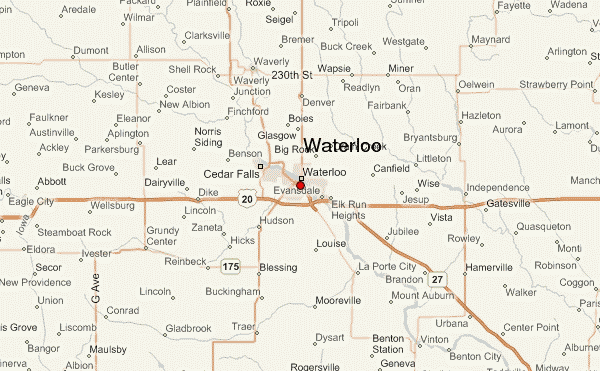Weather Patterns Shaping Waterloo
Waterloo, Ontario, known for its picturesque landscapes and vibrant campus life, experiences a diverse range of weather patterns throughout the year that significantly impact its residents and the local economy. From frigid winters to humid summers, the city’s weather is nothing if not dynamic.
A Look at the Seasonal Variations
In winter, Waterloo weather can be characterized by harsh cold spells and frequent snowfalls. According to Environment Canada, average temperatures during January often dip below -10°C, which can impact everything from road conditions to public transport. This winter, locals have prepared for fluctuating conditions, prompting residents to stock up on essentials in anticipation of sudden snowstorms.
Spring Showers and Agricultural Impacts
As winter gives way to spring, Waterloo sees a noticeable shift. Melting snow and increasing rainfall provide crucial moisture for agricultural activities, a vital sector in the region. The past year has seen a 15% increase in precipitation compared to the previous decade, a trend that has both farmers and meteorologists keeping a keen eye on the long-term forecasts. “Farmers often rely on the early spring rains for planting. However, the increasing unpredictability in weather patterns is challenging their traditional farming cycles,” says Dr. Lane Stewart, a climatologist at the University of Waterloo.
Summer Heatwaves and Urban Response
When summer strikes, Waterloo weather can bring hot and humid conditions, with temperatures frequently soaring above 30°C. Recent statistics indicate that the region has experienced a 20% increase in heatwave days over the last five years, raising concerns about public health and energy consumption. Local officials are encouraging residents to stay hydrated and find relief at community centers and public pools. The City of Waterloo has also initiated a Green Roof Program to counteract the urban heat effect, a significant initiative meant to promote cooler environments.
Fall Changes: A Beautiful Transition
Fall presents a stunning yet fleeting transformation, with the changing foliage drawing tourists and residents alike to outdoor activities. However, this season is not without its challenges; allergy sufferers can contend with ragweed pollen, and the occasional early frost serves as a reminder of the impending winter. Social media platforms have been abuzz with images of vibrant autumn leaves and discussions over the best local spots to soak in the scenery. “Every year, I look forward to capturing the colors. It’s nature’s grand finale before the cold sets in,” says local photographer Emily Tran.
Forecasting the Future of Waterloo Weather
As climate change continues to reshape weather patterns globally, Waterloo is no exception. Experts predict that the city may see even broader climate fluctuations in the next decade. The conversation is shifting toward not only adapting to these changes but also mitigating them. Regional policymakers and environmental scientists are urged to collaborate closely to develop eco-friendly solutions that can benefit both residents and the environment.
In a city rich with history and innovation, understanding Waterloo weather is more than just a daily forecast; it’s about anticipating the rhythm of life in a changing climate. Whether preparing for a snow-covered morning or a balmy summer evening, how residents navigate these weather patterns can ultimately shape their community’s resilience as they adapt to tomorrow’s challenges.
